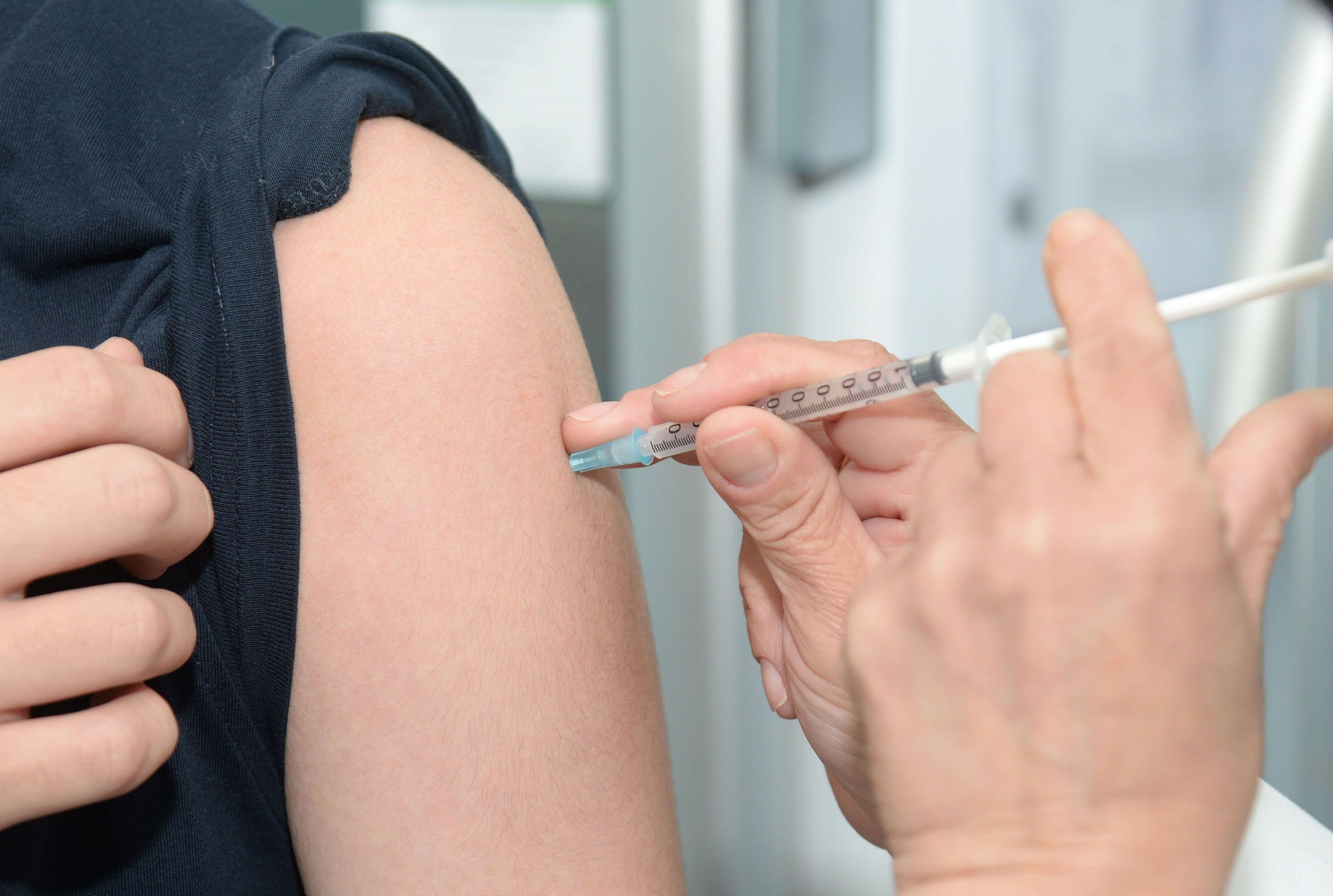Little Known Federal Program Handles Vaccine Injury Payouts
The National Vaccine Injury Compensation Program (VICP) was established by the 1986 National Childhood Vaccine Injury Act (NCVIA), passed by the United States Congress in response to a threat to the vaccine supply due to a 1980s scare over the DPT vaccine. A branch of the U.S. Court of Federal Claims, the program has fielded vaccine injury and death claims for three decades. This largely obscure federal program compensates victims of vaccine injuries, and payouts have now hit $4 billion.
Vaccines offer important public health benefits, and government agents are reluctant to point to the rare cases where they lead to harm. Doing so, they believe, will cause individuals to choose not to vaccinate. Payments are drawn from a trust fund supplied by a little-known 75-cent surcharge on vaccines.
Since the 1980s, the vaccine court has received 20,123 petitions claiming vaccine related injuries and deaths, of which nearly 18,000 have been resolved. 6,313 have been approved for compensation. The number of petitions has steadily increased, however, in recent years, which has led to an increase in compensated cases. Approximately $1 billion was distributed in the last four years alone.

“The vast majority of people that are coming to my office because they suffered an injury are people who did not even know these types of injuries were a possibility,” said Christina Ciampolillo, president of the Vaccine Injured Petitioners Bar Association, a group of attorneys who bring cases to the vaccine court. Injuries said to be connected to childhood vaccines, according to filed petitions, have included brain damage, paralysis, and death. 1,286 petitions have claimed that adverse reactions caused death.
“The creation of the [VICP] saved the vaccine industry in the U.S.,” said Dr. William Schaffner, a professor of preventive medicine at Vanderbilt University School of Medicine. He added, “It provided a vehicle for compensation for genuine vaccine-related injuries.”
Consumer advocates fear that the program has been diverted from its original purpose of providing a more streamlined way for parents of vaccine-injured children to receive compensation without the burdens of going through civil court.
“We’re bitterly disappointed,” said Barbara Loe Fisher, co-founder and president of the nonprofit National Vaccine Information Center. “In my view, this has been turned into stockholder’s dream and a consumer’s worst nightmare.”
Take the common flu shot for example. In 2017, this shot alone accounted for 67 percent of all SIRVA claims for compensation via VICP. More than 80 percent of those payments are part of settlements, which means no one has ruled on whether the shot itself caused the injury. Thus, it continues to be administered to adults and child alike without any admission of fault.
The Government Accountability Office addressed some of Fisher’s concerns in a 2014 review of the VICP, which emphasized that most of the claims filed since 1999 were taking years to adjudicate. More than 1,000 claims were pending as of 2014, with some petitioners still waiting for a response after more than ten years. A 2014 investigation found that families trying to care for permanently disabled children were getting inadequate compensation. It also revealed that some attorneys were filing unsubstantiated claims because they receive payment through the VICP regardless of whether they won or lost a case.
Attention surrounding VICP and the world of vaccines, in general, has seen an uptick in recent years. Parents are concerned about the number of vaccinations that are being recommended prior to the age of six. In 1983, the CDC recommended 23 doses of seven vaccines for children before they turned six. The agency now recommends 50 doses of 14 vaccines.
“Young parents, they’ve never seen measles; they don’t see meningitis; they don’t see mumps and the sterility that can result,” said Dr. Cody Meissner, a member of the American Academy of Pediatrics’ committee on infectious disease. He added, “Most just haven’t seen these diseases…so they say, ‘why should we take the risk?’”
Sources:
Federal Vaccine Court Quietly Pays Out Billions
Vaccine Warning: It’s not what’s in the syringe that’s causing excruciating pain


Join the conversation!